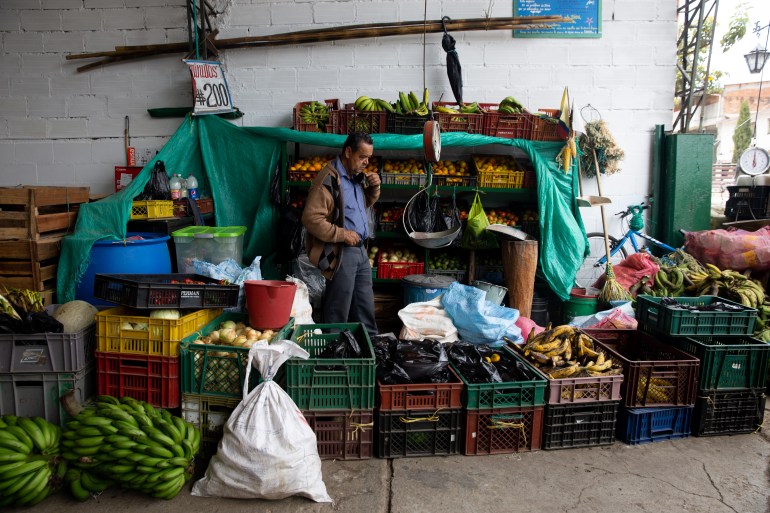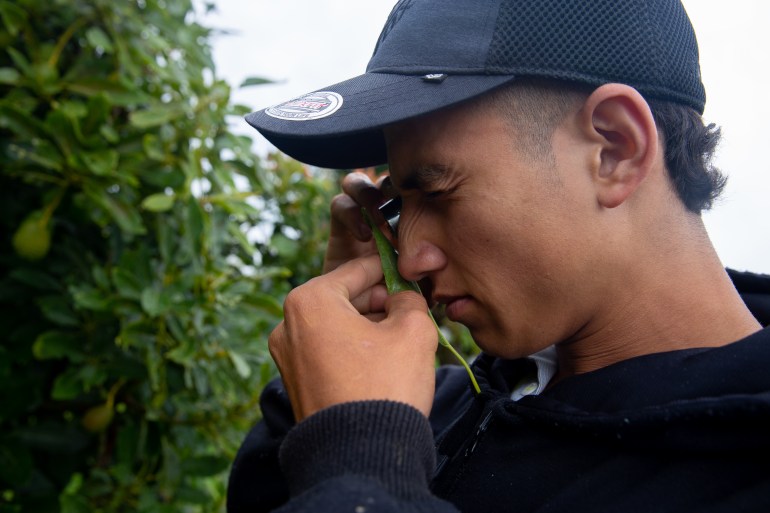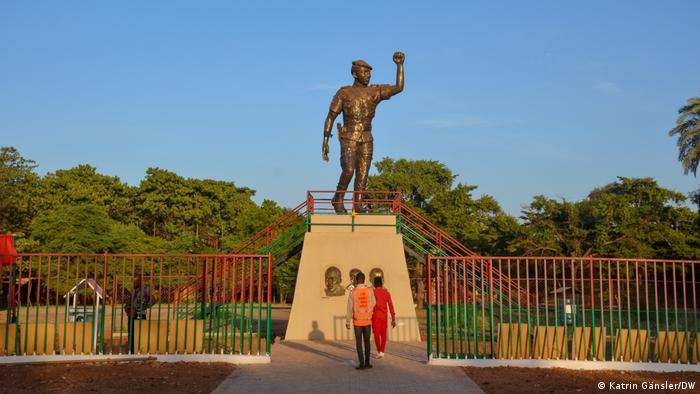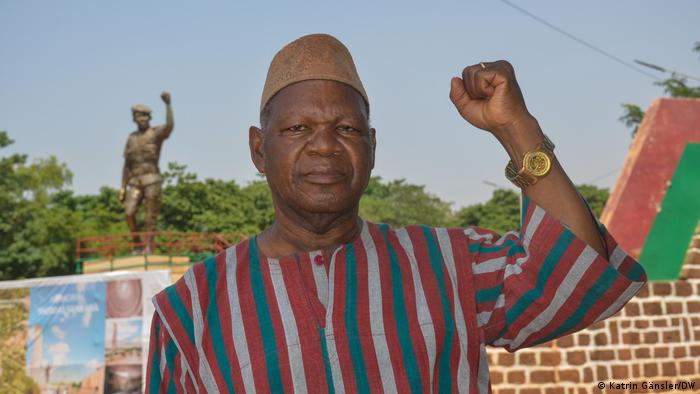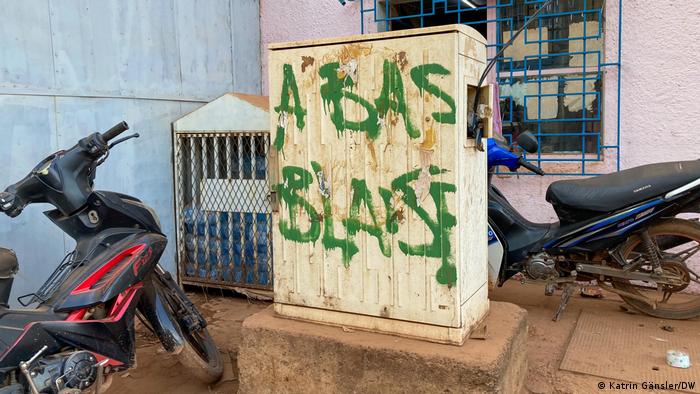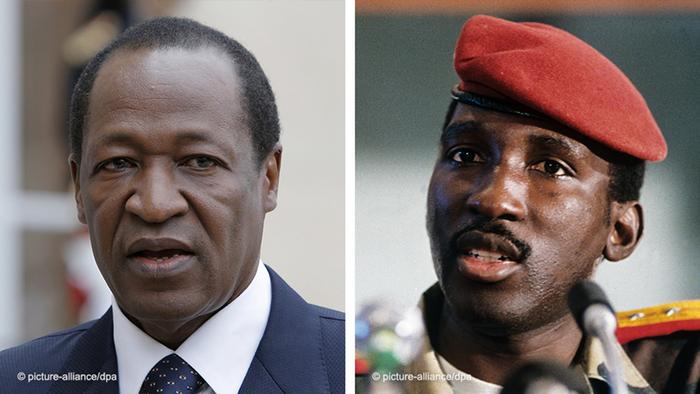COLUMBIA, S.C. (AP) — A former utility executive who after he found out a pair of nuclear reactors being built in South Carolina were hopelessly behind schedule lied to ratepayers and regulators costing billions of dollars is facing one final judge Monday before heading to prison for two years.

Former SCANA CEO Kevin Marsh is asking a state judge to approve the sentence his lawyers negotiated with prosecutors so he can head in December to a federal prison in Butner, North Carolina, which includes a large hospital — rather than a state facility.
Marsh is the first executive to go to prison in the project, which lasted nine years and never generated a watt of power. He has cooperated with investigators, spending at least seven days talking to the FBI, prosecutors said.
A second former SCANA executive and an official at Westinghouse Electric Co., the lead contractor to build two new reactors at the V.C. Summer plant north of Columbia, have also pleaded guilty. A second Westinghouse executive has been indicted and is awaiting trial.
After Monday's plea, prosecutors are expected to turn their attention to Westinghouse. While Marsh lied about the lack of progress in the final years of construction of the reactors, Westinghouse knew of the problem long before and didn't tell Marsh or other SCANA executives, U.S. Assistant Attorney Brook Andrews said at Marsh's sentencing Thursday in federal court.
Federal and state prosecutors agreed to a two-year sentence and with Marsh's request that he serve his time in a federal prison instead of a state facility.
Marsh pleaded guilty in federal court in February to conspiracy to commit wire and mail fraud, and in state court to obtaining property by false pretenses.
His sentencing is taking place in Spartanburg County, where Circuit Judge Mark Hayes is presiding.
The actions by Marsh and other executives took more than $1 billion from the pockets of ratepayers and investors, authorities said in an 87-page Securities and Exchange Commission lawsuit filed against him and a second executive in 2020.
SCANA and its subsidiary, South Carolina Electric & Gas, were destroyed by the debt and poor management and were bought out by Dominion Energy of Virginia in 2019. State-owned utility Santee Cooper, which had a 45% stake in the project, ended up saddled with $4 billion in debt even though SCANA controlled management of the project.
Marsh has already paid $5 million in restitution. SCANA had paid Marsh $5 million in 2017, the year the utility abandoned the hopelessly behind-schedule project.
Marsh read a brief statement in court Thursday, saying he takes responsibility for the project’s failure even though he was misled by Westinghouse.
“Not a day goes by that I don’t regret these nuclear plants weren’t built for the citizens of South Carolina,” he said.
Marsh's original plea deal said sentencing would wait until the investigation was over to assure his full cooperation. But prosecutors relented after Marsh's wife of 46 years was diagnosed with incurable breast cancer.
Federal regulatory filings have documented the history of the doomed nuclear project begun in 2008. Those filings said Marsh never wavered from saying the two reactors being built at the V.C. Summer site north of Columbia would be finished by the end of 2020 — a deadline that had to be met to receive the $1.4 billion in federal tax credits needed to keep the $10 billion project from overwhelming the utility.
Prosecutors said Marsh lied and presented rosy projections on the progress of the reactors that he knew were false in earning calls, presentations and press releases to keep investors happy and pump up the company’s stock price.
U.S. District Judge Mary Geiger Lewis reluctantly accepted the deal even though she felt prosecutors and Marsh's lawyers made it sound like the executive made mistakes instead of intentionally misleading people for well over a year.
“Your crime was committed with a little more elegance and sophistication than many I see,” Geiger told Marsh on Thursday. “But you don’t get credit for that.”
___
Follow Jeffrey Collins on Twitter at https://twitter.com/JSCollinsAP.
Jeffrey Collins, The Associated Press





